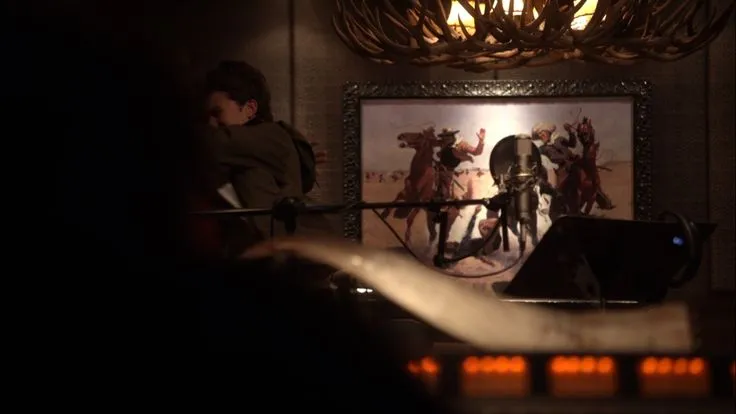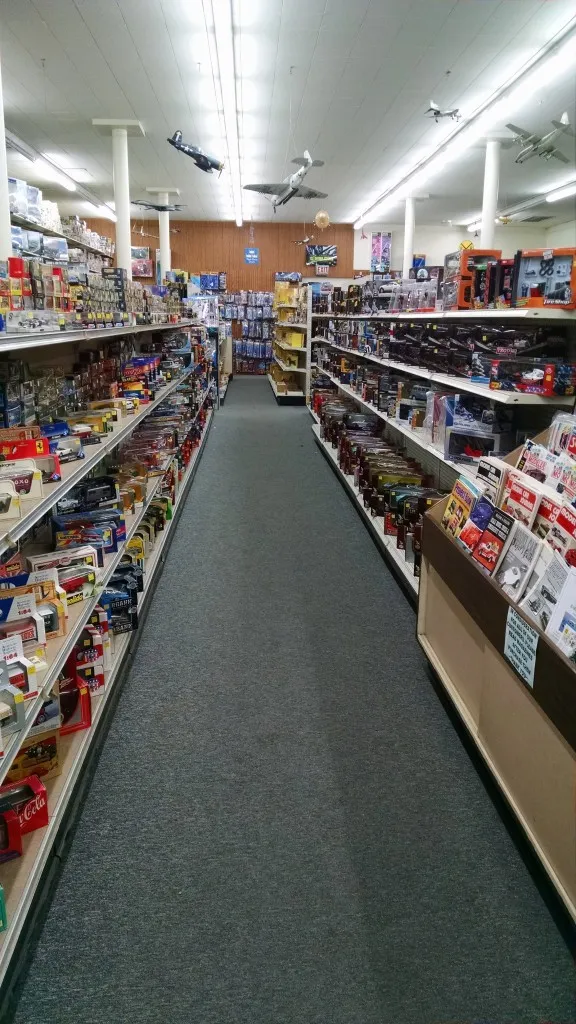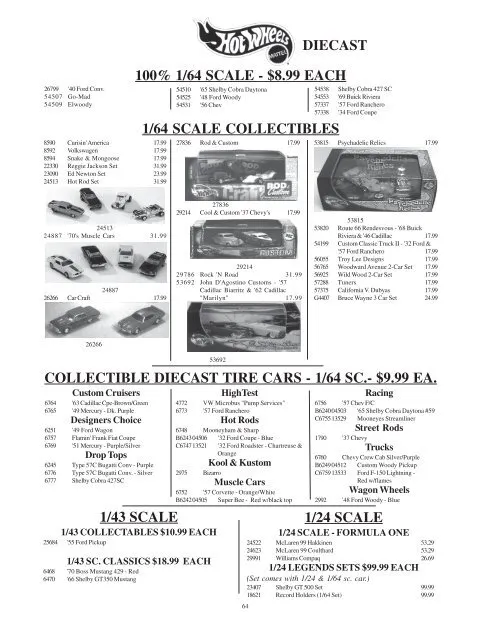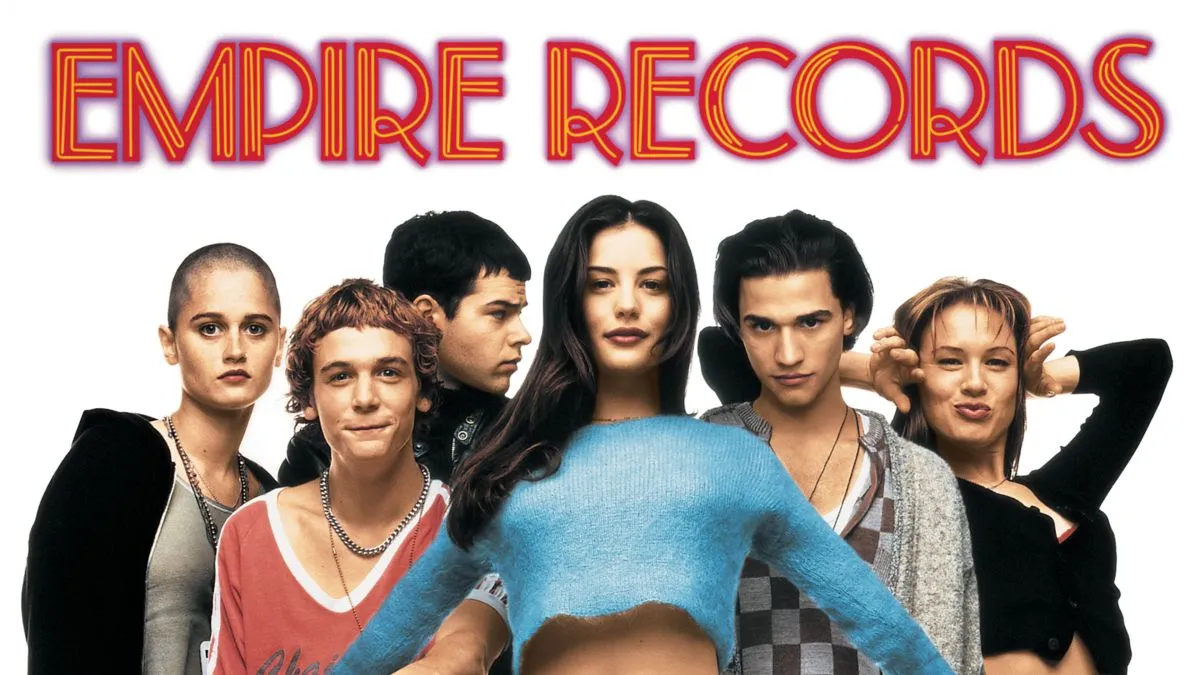What is a Diecast Empire
A diecast empire represents more than just a collection of miniature vehicles it symbolizes a passion for detail, history, and craftsmanship. Building a diecast empire involves acquiring, curating, and appreciating these scaled-down replicas of cars, trucks, airplanes, and other vehicles. It’s a hobby that transcends mere collecting; it’s a pursuit of knowledge, a means of preserving history, and a way to connect with a community of enthusiasts who share a common love for these intricate models. The term ’empire’ suggests the potential for growth and expansion, from a modest beginning to an extensive and valuable assemblage. For many collectors, it’s an ongoing journey of discovery and refinement.
Brief History of Diecast Models
The history of diecast models is as fascinating as the models themselves. The origins trace back to the early 20th century, with the first models primarily crafted from lead alloys. These early toys were often crude but laid the groundwork for the sophisticated models we see today. The use of zinc alloys and other metals revolutionized the industry, allowing for greater detail and durability. Post-World War II, diecast models gained immense popularity, evolving from simple toys to highly detailed collectibles. Brands like Dinky Toys, Corgi, and Matchbox became household names, and their models were prized by children and adults alike. The evolution of diecast models mirrors the advancements in manufacturing and design, reflecting the changing tastes and technological progress of the era.
The Appeal of Collecting

Collecting diecast models appeals to a wide range of interests, from the love of automobiles to an appreciation for historical accuracy. For many, it’s the nostalgia factor recalling fond memories of childhood or a specific time period. The detailed craftsmanship and realistic features of these models are captivating, offering a tangible connection to automotive history. Diecast collecting also provides a sense of community, with collectors sharing their passion through clubs, shows, and online forums. The thrill of the hunt, the joy of discovering a rare model, and the pride of building a comprehensive collection are all integral to the appeal. Moreover, diecast models can be a sound investment, with some rare pieces appreciating in value over time.
How to Start Your Diecast Empire
Embarking on the journey to build a diecast empire can be an incredibly rewarding experience. It begins with a plan, focusing on what you want to achieve and how to go about it. It is very easy to spend money and lose track of the overall goal and purpose. It is important to know your end goal. The process involves several key steps, from defining your collecting interests to choosing models and building a sustainable collection. Being organized and planning well can provide great benefits over time.
Defining Your Interests
The first step in starting your diecast empire is to define your collecting interests. This could be based on a specific make and model of car, a particular era (e.g., classic cars from the 1950s), or a type of vehicle (e.g., trucks, buses, or military vehicles). You might also choose to focus on a certain scale, brand or even a single color. Determine what excites you and what you genuinely enjoy collecting. Having a defined niche will help you to narrow your focus, making it easier to find models and build a cohesive collection. This focus helps prevent impulse buying and ensures that each model aligns with your overall collecting goals. The more specific you are, the more enjoyable the collecting experience will be.
Choosing a Scale and Brand

Choosing a scale and brand is a crucial part of starting a diecast empire. Scales vary widely, from the small 1:64 scale, which is popular and affordable, to the larger 1:18 and 1:12 scales, which offer greater detail but come at a higher cost and take up more space. The choice depends on your budget, available display space, and preference for detail. Popular brands like Hot Wheels, Matchbox, Autoart, and Minichamps each offer unique styles, quality levels, and specialties. Researching different brands and scales will help you find what best aligns with your interests and collecting goals. Some collectors prefer to specialize in a single scale or brand, while others diversify to include a range of options. The key is to select what appeals most to you.
Setting a Budget
Setting a budget is critical to building a sustainable diecast empire. Determine how much you are willing to spend on your collection per month or year. This will help you avoid overspending and keep your hobby manageable. Consider the costs of individual models, storage solutions, and any accessories. Creating a spreadsheet or using a collecting app can help you track your spending and manage your budget effectively. Remember to factor in potential expenses like shipping costs, insurance, and the occasional impulse buy. Sticking to your budget ensures that you can continue to grow your collection over time without financial strain. Regularly review your budget to adjust to changing circumstances, like the discovery of a rare model or a shift in your collecting focus.
Finding and Acquiring Models
Once you’ve defined your interests, chosen your scale and brand, and set a budget, the fun part begins finding and acquiring models. This involves exploring various sources, both online and in person, to locate the models you desire. Building your empire will require a mix of strategic searching and occasional spontaneous discoveries.
Where to Buy Diecast Models

There are several places to buy diecast models. Some locations are online, while others are physical stores. Each has its own strengths and weaknesses. Choosing where to purchase your models depends on your needs and preferences. Being able to understand and navigate the landscape is important. The most common include online marketplaces, specialty stores, and auctions or shows.
Online Marketplaces
Online marketplaces like eBay, Amazon, and specialized diecast model websites offer a vast selection of models. These platforms provide the convenience of browsing from home, comparing prices, and reading reviews. However, be sure to check seller ratings, the model’s condition, and the shipping costs. Always compare prices across multiple sellers to ensure you are getting a fair deal. These marketplaces are an excellent place to find rare or out-of-production models, but it’s essential to be vigilant and avoid buying from untrustworthy sellers.
Specialty Stores
Specialty diecast stores, both online and brick-and-mortar, provide a curated selection of models and often offer expert advice. The benefit of specialty stores is the expertise and knowledge. Employees are more knowledgeable about the topic. These stores can offer more personalized service, and the models are often of higher quality. They can be a good place to find models you may not be able to find through online marketplaces. They may have a smaller selection but can be a great resource for building your empire.
Auctions and Shows

Auctions and model shows are excellent venues for finding unique and rare diecast models. Auctions, whether online or in-person, can provide the opportunity to bid on highly sought-after models. Model shows often feature vendors selling a wide variety of models and related items. These events are perfect for meeting fellow collectors, learning about models, and discovering hidden treasures. Be sure to research the models you want before the event, set a budget, and be prepared to negotiate. Auctions and shows are also great for finding deals and expanding your collection.
Building and Maintaining Your Collection
Once you have started acquiring models, it is important to consider the best ways to store, display and maintain them. This will keep your collection safe and looking its best.
Storage and Display
Proper storage and display are essential to preserving your diecast models. Choose a location that protects your models from dust, sunlight, and extreme temperatures. Display cases with glass or acrylic covers are ideal for showcasing your collection while protecting them from damage. Consider using shelves, cabinets, or custom display setups to organize your models by brand, scale, or theme. For storage, use plastic containers or boxes designed for collectibles, ensuring that each model is individually wrapped or cushioned to prevent scratches. Make sure the collection is well-organized, so that it is easy to see and manage, and also provides easy access.
Cleaning and Maintenance

Regular cleaning and maintenance will keep your diecast models looking their best. Use a soft brush or a microfiber cloth to gently remove dust. Avoid using harsh chemicals or abrasive cleaners that can damage the paint and detailing. For more stubborn dirt, use a damp cloth with mild soap, taking care not to get moisture inside the model. Regularly inspect your models for any signs of damage, such as loose parts or paint chipping. Minor repairs can often be done at home, while more significant damage may require professional attention.
Protecting Your Investment
To protect your investment, it is important to take the proper steps. Consider insuring your collection, especially if it is extensive or includes rare and valuable models. Keep records of your purchases, including receipts and any certificates of authenticity. Store your models in a safe and secure environment to prevent theft or damage. Be mindful of the market value of your models and keep an eye on trends to make informed decisions about your collection. Properly maintained and cared-for models will retain their value and continue to bring you joy for years to come. The goal is to preserve and protect your investment to maximize the potential value.
Expanding Your Empire
As your diecast empire grows, there are several ways to enhance your experience and connect with other collectors. Whether it’s joining collectors clubs or trading models, expanding your reach can provide great benefit.
Joining Collectors’ Clubs and Forums

Joining collectors’ clubs and online forums is an excellent way to connect with other enthusiasts, share knowledge, and expand your collection. These communities offer a platform to discuss models, exchange tips, and learn about new releases. Collectors’ clubs often host meetings, shows, and events where you can meet other collectors and showcase your models. Online forums provide access to a wealth of information, reviews, and discussions on various aspects of diecast collecting. Participating in these communities can greatly enhance your collecting experience and help you stay updated on the latest trends and developments in the hobby.
Trading and Selling
Trading and selling diecast models can be a fun and beneficial aspect of building your empire. Trading allows you to acquire models you want by exchanging duplicates or models that no longer fit your collection. Selling models can help you generate funds to purchase new additions or to invest in higher-value pieces. When trading, be sure to agree on the value of the models beforehand and ensure both parties are satisfied with the exchange. When selling, research the market value of your models and set a fair price. Use reputable platforms and be transparent about the condition of the models. Trading and selling are a great way to refine your collection and explore the broader diecast market. They are also a good way to learn about the market.
